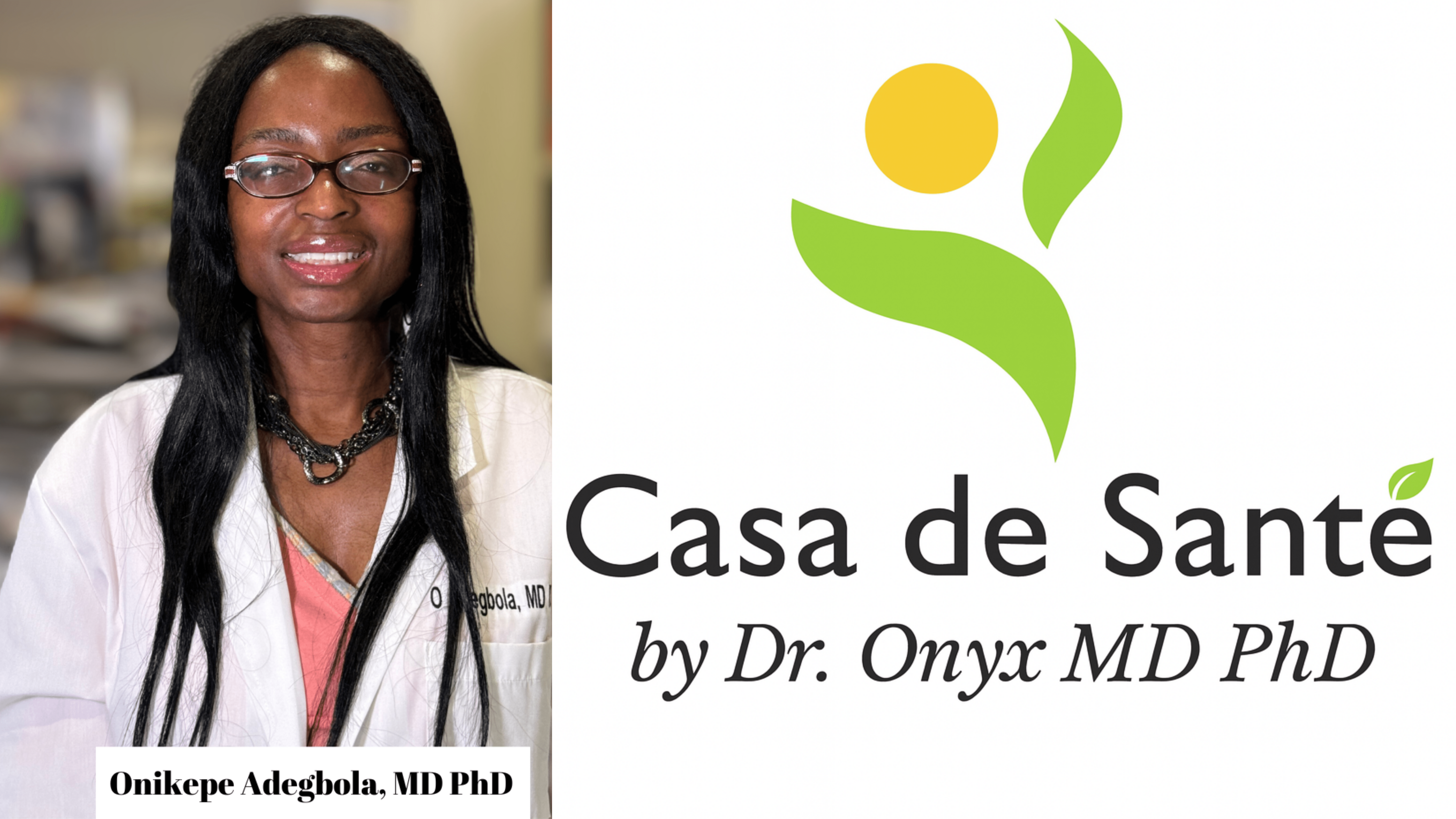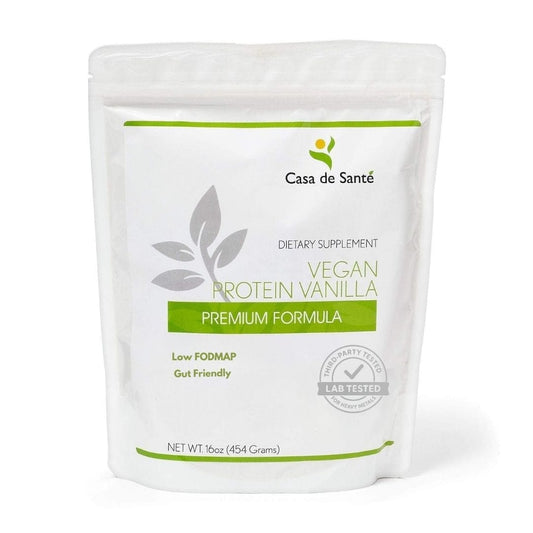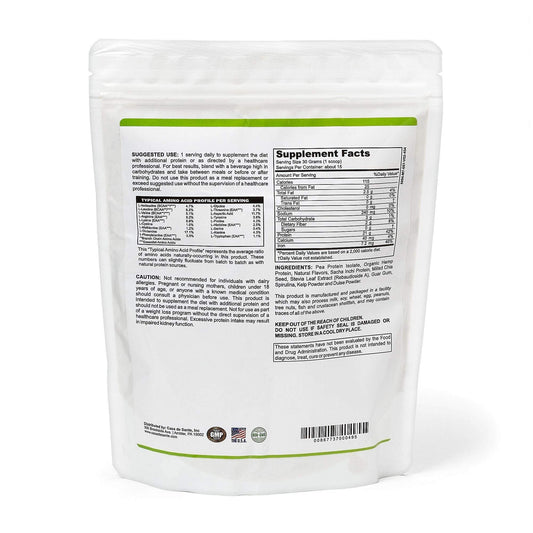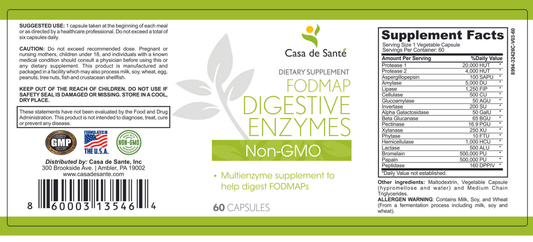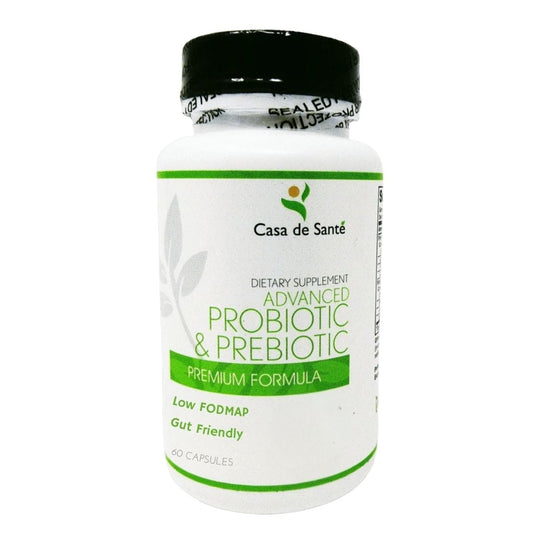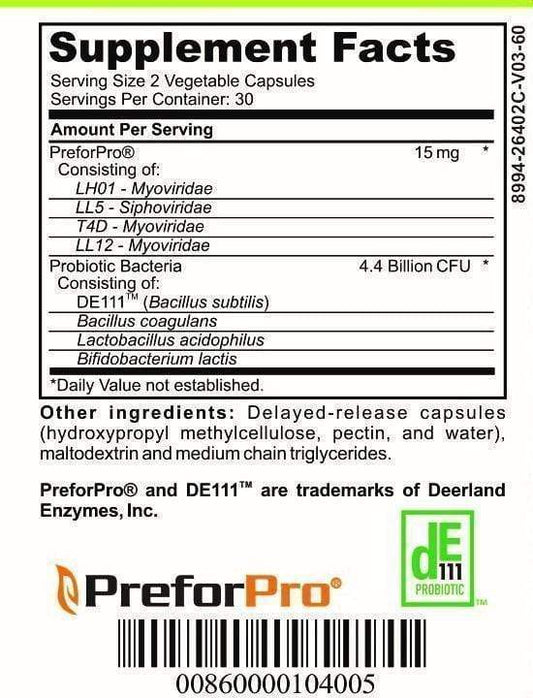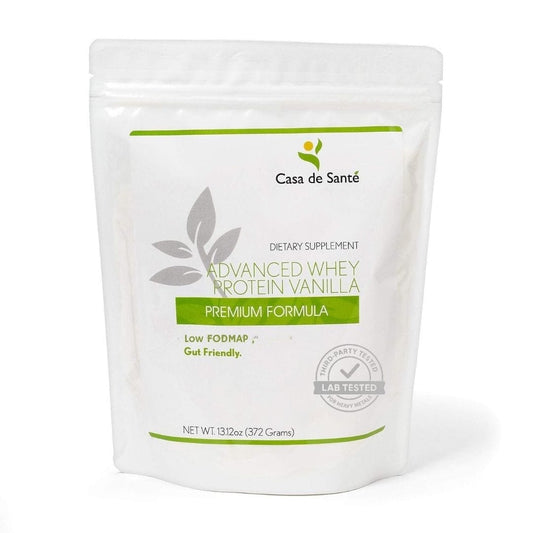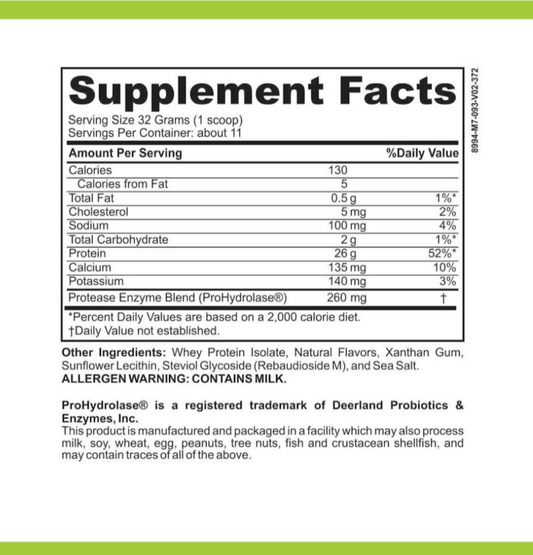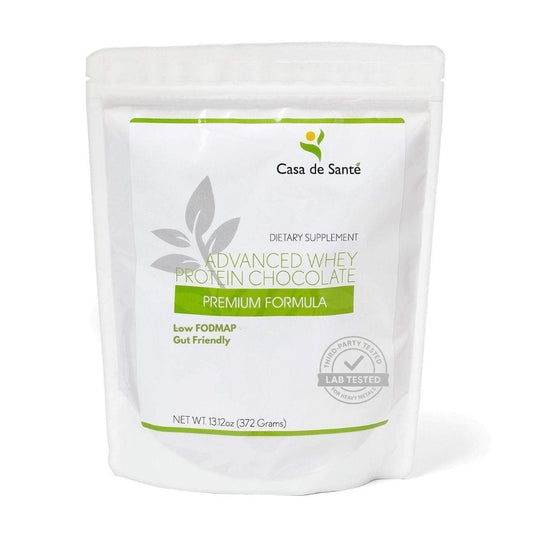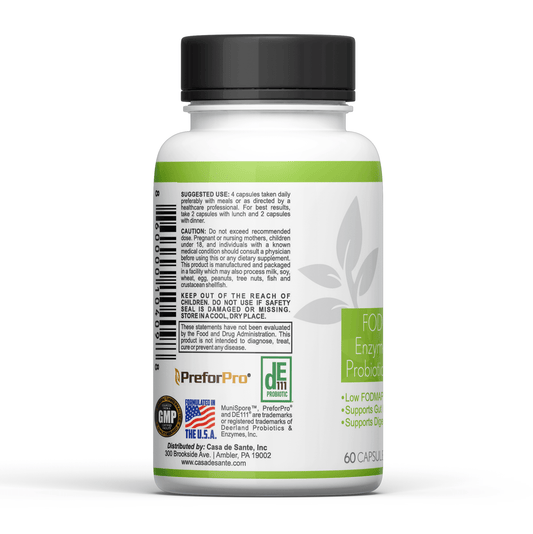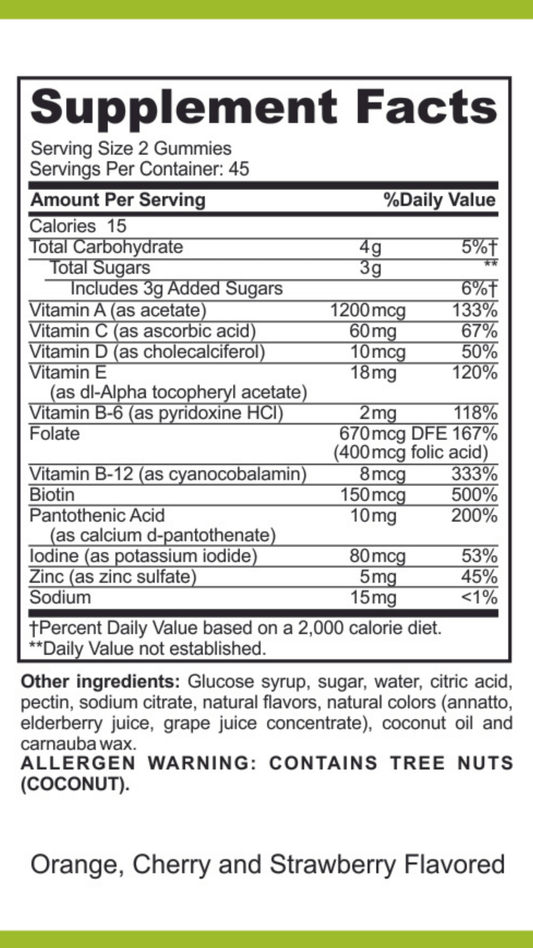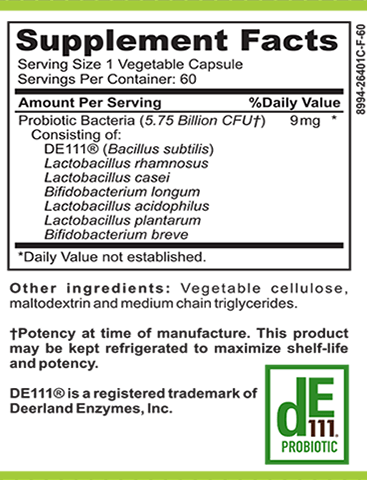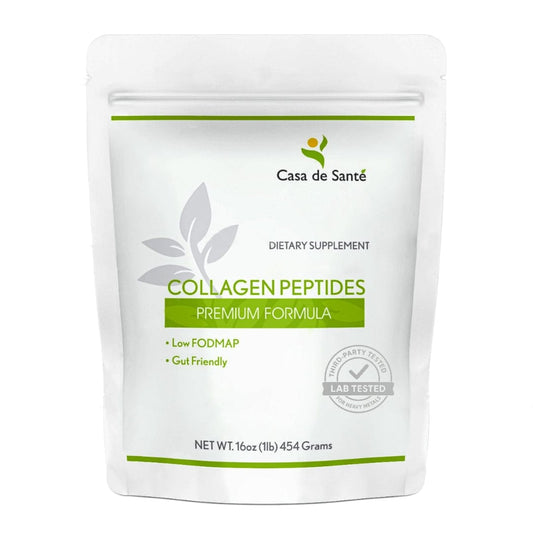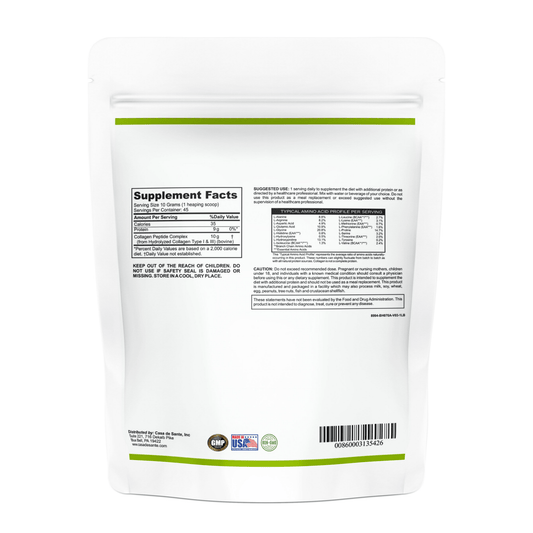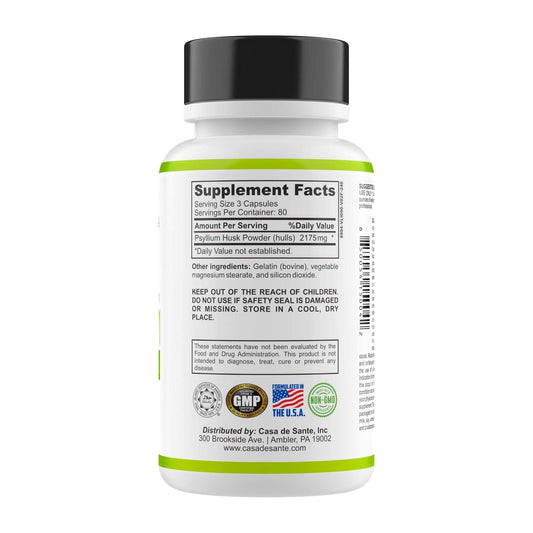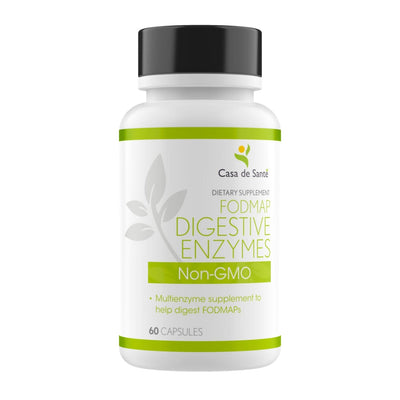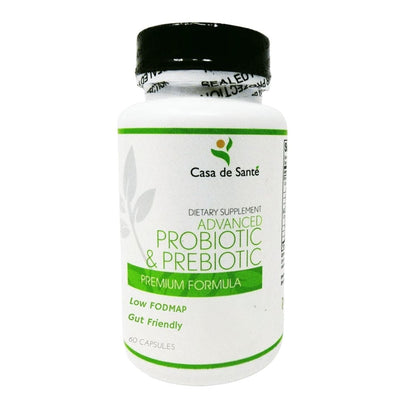Can FODMAPs Cause Acid Reflux? Understanding the Connection
Can FODMAPs Cause Acid Reflux? Understanding the Connection
Acid reflux affects millions of people worldwide, causing uncomfortable symptoms like heartburn, regurgitation, and chest pain. While many factors contribute to acid reflux, including diet, lifestyle, and certain medical conditions, emerging research suggests a potential link between FODMAPs and acid reflux symptoms. For those struggling with both digestive issues and acid reflux, understanding this connection could be the key to finding relief.
What Are FODMAPs?
FODMAPs (Fermentable Oligosaccharides, Disaccharides, Monosaccharides, and Polyols) are types of carbohydrates that can be difficult for some people to digest. These short-chain carbohydrates are found in a wide variety of foods and can ferment in the gut, leading to gas, bloating, and other digestive symptoms.
The term FODMAP encompasses several different types of carbohydrates:
- Fermentable Oligosaccharides: Found in wheat, rye, onions, garlic, and legumes
- Disaccharides: Primarily lactose, found in dairy products
- Monosaccharides: Mainly fructose, found in honey, apples, and high-fructose corn syrup
- Polyols: Sugar alcohols like sorbitol and mannitol, found in some fruits and vegetables as well as artificial sweeteners
How FODMAPs Affect Digestion
When FODMAPs reach the small intestine, they can be poorly absorbed, pulling water into the intestine and continuing to the large intestine undigested. Once in the large intestine, gut bacteria ferment these carbohydrates, producing gas and causing the intestine to stretch. This process can trigger symptoms like bloating, abdominal pain, and changes in bowel habits.
For individuals with irritable bowel syndrome (IBS) or other functional gut disorders, FODMAPs often exacerbate symptoms. This is why low-FODMAP diets have become a popular management strategy for these conditions. But how might these carbohydrates relate to acid reflux?
Understanding Acid Reflux
Acid reflux occurs when stomach acid flows back up into the esophagus, the tube connecting your mouth to your stomach. This backflow can irritate the lining of the esophagus, causing inflammation and the uncomfortable burning sensation known as heartburn. When acid reflux happens frequently, it may be diagnosed as gastroesophageal reflux disease (GERD).
Common Triggers for Acid Reflux
Several factors can trigger or worsen acid reflux symptoms. Traditional dietary triggers include spicy foods, citrus, tomato-based products, chocolate, coffee, alcohol, and fatty foods. Lifestyle factors such as obesity, smoking, and eating large meals, especially close to bedtime, can also contribute to symptoms.
The lower esophageal sphincter (LES), a ring of muscle at the entrance to the stomach, plays a crucial role in preventing acid reflux. When functioning properly, it closes after food passes through, keeping stomach contents where they belong. However, certain foods and conditions can weaken or relax the LES, increasing the likelihood of acid reflux.
Symptoms Beyond Heartburn
While heartburn is the most recognized symptom of acid reflux, it's not the only one. Other symptoms can include regurgitation (the sensation of acid backing up into your throat or mouth), difficulty swallowing, feeling like something is stuck in your throat, chronic cough (especially at night), hoarseness, and even dental erosion from stomach acid reaching the mouth.
For some people, these symptoms can significantly impact quality of life, affecting sleep, diet, and social activities. Finding effective management strategies is therefore crucial for those suffering from chronic acid reflux.
The Connection Between FODMAPs and Acid Reflux
The relationship between FODMAPs and acid reflux isn't straightforward, but several mechanisms might explain how high-FODMAP foods could trigger or worsen reflux symptoms in susceptible individuals.
Gas Production and Pressure
When FODMAPs ferment in the intestine, they produce gas. This increased gas can create pressure within the digestive system, potentially pushing stomach contents upward and overwhelming the lower esophageal sphincter. This mechanism might be particularly relevant for people who experience bloating and acid reflux simultaneously.
Research has shown that excessive gas production can increase transient lower esophageal sphincter relaxations (TLESRs), which are the most common mechanism for acid reflux episodes. During these relaxations, the sphincter temporarily opens, allowing stomach acid to flow back into the esophagus.
Delayed Gastric Emptying
Some high-FODMAP foods may slow gastric emptying—the rate at which food leaves the stomach and enters the small intestine. When food remains in the stomach longer, there's more opportunity for acid reflux to occur, especially if you lie down or bend over.
Foods high in fat, which can overlap with high-FODMAP foods like certain dairy products, are known to delay gastric emptying. This dual effect might explain why some individuals notice increased reflux symptoms after consuming these foods.
Individual Sensitivities
It's important to note that not everyone who has acid reflux will be sensitive to FODMAPs, and not everyone with FODMAP sensitivity will experience acid reflux. Individual responses to specific foods vary greatly, which is why personalized dietary approaches are often most effective.
Some people may find that only certain categories of FODMAPs trigger their reflux symptoms. For example, fructans in garlic and onions are common triggers for both IBS and GERD symptoms in sensitive individuals.
Research on FODMAPs and Acid Reflux
While the connection between FODMAPs and acid reflux is still being explored, some research supports the link between these dietary components and reflux symptoms.
Clinical Studies
A study published in the journal Neurogastroenterology & Motility found that a low-FODMAP diet improved symptoms in patients with IBS and co-existing GERD. Participants reported reductions in abdominal pain, bloating, and importantly, heartburn and regurgitation after following the diet for six weeks.
Another study in the World Journal of Gastroenterology suggested that FODMAP restriction might be beneficial for GERD symptoms in patients who didn't respond adequately to proton pump inhibitors (PPIs), which are common medications for acid reflux. This indicates that for some individuals, FODMAPs might be contributing to reflux symptoms that aren't fully addressed by acid-suppressing medications.
Managing FODMAPs and Acid Reflux
If you suspect FODMAPs might be contributing to your acid reflux symptoms, several approaches might help you identify and manage problematic foods.
The Low-FODMAP Diet Approach
The low-FODMAP diet is typically implemented in three phases: elimination, reintroduction, and personalization. During the elimination phase, all high-FODMAP foods are removed from the diet for 2-6 weeks. If symptoms improve, foods are gradually reintroduced, one FODMAP group at a time, to identify specific triggers.
This systematic approach can help pinpoint which FODMAPs, if any, are contributing to your acid reflux symptoms. It's important to work with a registered dietitian during this process to ensure nutritional adequacy and proper implementation of the diet.
Combining GERD and FODMAP Strategies
For those with both GERD and FODMAP sensitivities, combining dietary strategies might be most effective. This could involve avoiding traditional acid reflux triggers (like spicy foods, citrus, and chocolate) while also limiting high-FODMAP foods that personally trigger symptoms.
Other lifestyle modifications that can help manage both conditions include eating smaller meals, avoiding eating within 2-3 hours of bedtime, maintaining a healthy weight, elevating the head of the bed, and limiting alcohol consumption.
Foods to Consider
When managing both FODMAP sensitivity and acid reflux, food choices become particularly important. Some foods may be beneficial for both conditions, while others might help one but worsen the other.
Low-FODMAP Foods That May Help Acid Reflux
Several low-FODMAP foods are also generally well-tolerated by people with acid reflux. These include lean proteins like chicken and fish, certain vegetables like carrots and zucchini, gluten-free grains like rice and quinoa, and non-citrus fruits like bananas and berries. Incorporating these foods can provide nutritional variety while minimizing symptoms.
Ginger, which is low in FODMAPs, may also help reduce acid reflux for some people due to its anti-inflammatory properties and ability to aid digestion. Herbal teas like chamomile (also low-FODMAP) can be soothing alternatives to trigger beverages like coffee and alcohol.
Foods to Approach with Caution
Some foods are known to be problematic for both conditions and may need to be limited or avoided. These include garlic and onions (high in fructans and common reflux triggers), tomatoes (low-FODMAP but acidic), coffee (low-FODMAP but can relax the LES), and fatty meats (low-FODMAP but can delay gastric emptying).
The key is to observe your personal responses and create an individualized plan that addresses your specific triggers and symptoms.
When to Seek Professional Help
While dietary modifications can be effective for managing both FODMAP sensitivity and acid reflux, it's important to know when to consult healthcare professionals.
If you experience severe or persistent acid reflux symptoms, difficulty swallowing, unexplained weight loss, chest pain, or if your symptoms don't improve with dietary changes, consult a gastroenterologist. These could be signs of complications or other conditions that require medical attention.
For dietary guidance, working with a registered dietitian who specializes in digestive health can be invaluable. They can help you navigate the complexities of combining FODMAP and GERD dietary strategies while ensuring nutritional adequacy and developing a sustainable long-term plan.
Conclusion
The relationship between FODMAPs and acid reflux represents an important area of understanding for those dealing with digestive discomfort. While not everyone with acid reflux will be sensitive to FODMAPs, for some individuals, these fermentable carbohydrates may contribute to symptoms through mechanisms like increased gas production and delayed gastric emptying.
By taking a thoughtful, systematic approach to identifying personal food triggers and combining appropriate dietary strategies, many people can find significant relief from both FODMAP-related symptoms and acid reflux. As with any health condition, individualized approaches tend to be most effective, and working with healthcare professionals can help you develop the best management plan for your specific needs.
